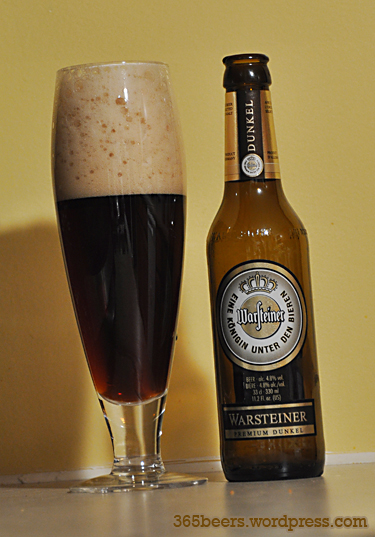I think the weather is finally turning; not that it's cool by any stretch, but I think the 130 degree days are behind us. Some email questions urged me to go into more detail about how we manage in the heat here instead of
snarky posts. I'll be referencing the Heat Injury Prevention Guide (HIP) we were handed as well as my own observations. The HIP guide gives recommendations for policy and behavior at different "heat categories." Comically, the highest is category black at only >90 degrees Fahrenheit. I think it's only below 90 here from 0200 to 0500 or so; so all references will be to heat category black.
Clothing. The HIP recommends that we unblouse our pants from our boots, unbuckle our belts, and remove our tops when working at that temperature. Sometimes we'll take our ACU tops off while working, and often while hanging out within our barracks area, but boots and belts stay tight and tan undershirts are always tucked in. A full uniform must be worn while traveling around the base, so you'd have to put the top back on to go to the latrine or chow. Fortunately, a Physical Training uniform consisting of light shorts and army t-shirt counts, so most guys are eager to change into that after 'work.' Of course, this only accounts for what we wear inside the base. Outside we're authorized to wear the moisture-wicking
Army Combat Shirt which does help cool your torso, but those benefits don't outweigh the extra burden of a combat helmet, gloves, body armor, ammo, and maybe a radio.
Acclimatization. The HIP says it takes 2 weeks for soldiers to get accustomed to the heat. I haven't been a heat casualty yet and 80 degree room feels quite refreshing now, but I'm not sure I'll ever acclimate to 120+.
Drinking water. It comes in dozen-packs of 1-liter filtered, disposable bottles from Kuwait and on a hot, active day I'll easily go through 6 plus Gatorade or juice at meals. This is one thing I think the HIP is accurate on with their recommendation of 1 Liter per hour. Chilled water is preferred and our camelbaks are usually loaded up with potable ice for missions. We are officially dissuaded from soda or energy drinks like Monster before missions or long workdays because they supposedly dehydrate you faster, but in practice they are widely used. I mostly prefer the powdered Tang mixes available at the chow hall and occasionally small energy shots if it's going to be an early or late day.
Air-conditioning. When available, we'll be in it. This is especially true when it comes to our barracks rooms, so long as the power is on. The only exception to that is when it cools down to about 100 in the evenings and folks gather outside for conversation and such. During the heat of the day, though you try to stay inside. The gym where most folks do PT is air-conditioned, as is the chow hall. There is a reason that the air-conditioning unit in our trucks is called the life-support system. Those armored boxes get pretty darn hot in the sun without the engine running.
Heat Casualties. I haven't seen anybody pass out, but there are several steps to look for before that. Profuse sweating, obviously, then confusion and weakness developing into nausea. We try to check up on each other, but I've seen someone get disoriented and vomit just from the heat. Supposedly, one is more susceptible to the heat after being a heat casualty in the past, but I can't say for sure. It a kind of vague concept to diagnose.
This light lager is advertised with “Munich malt” and aimed squarely at the territory of the major macrobrews. It's not bad for a light beer, more flavor than Coors light, but well behind it's brothers in the Shiner household. Nothing too remarkable and I have little interest in light beer, though. The difference in calories is negligible for someone with a normal diet and exercise regimen. People get beer-bellies from the high-fat, high-calorie foods they tend to binge on while drinking, not the beer itself.




















